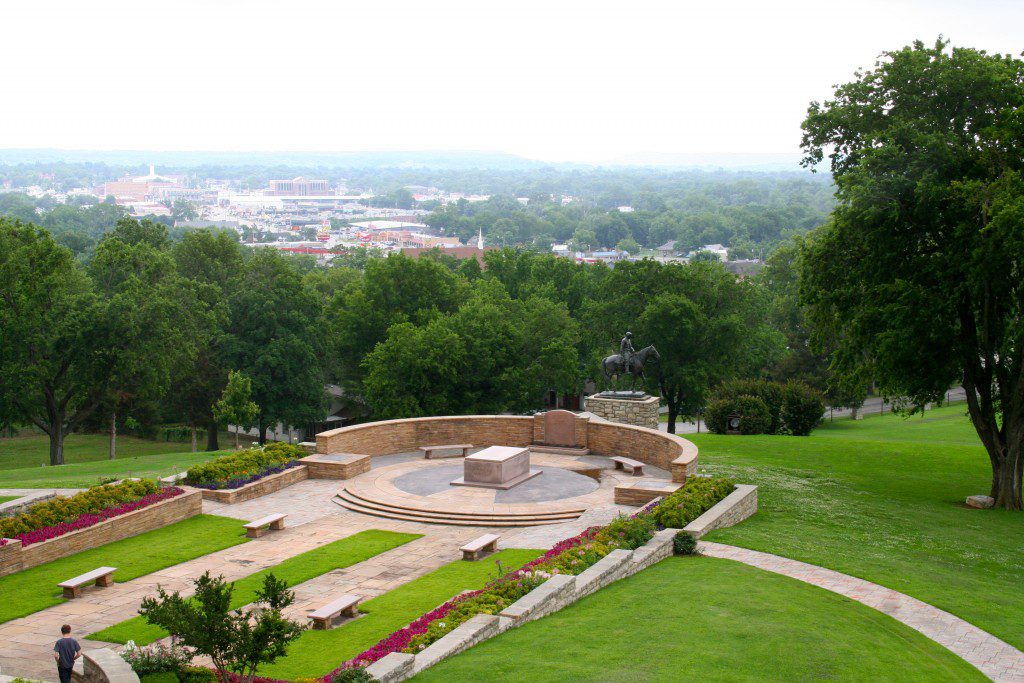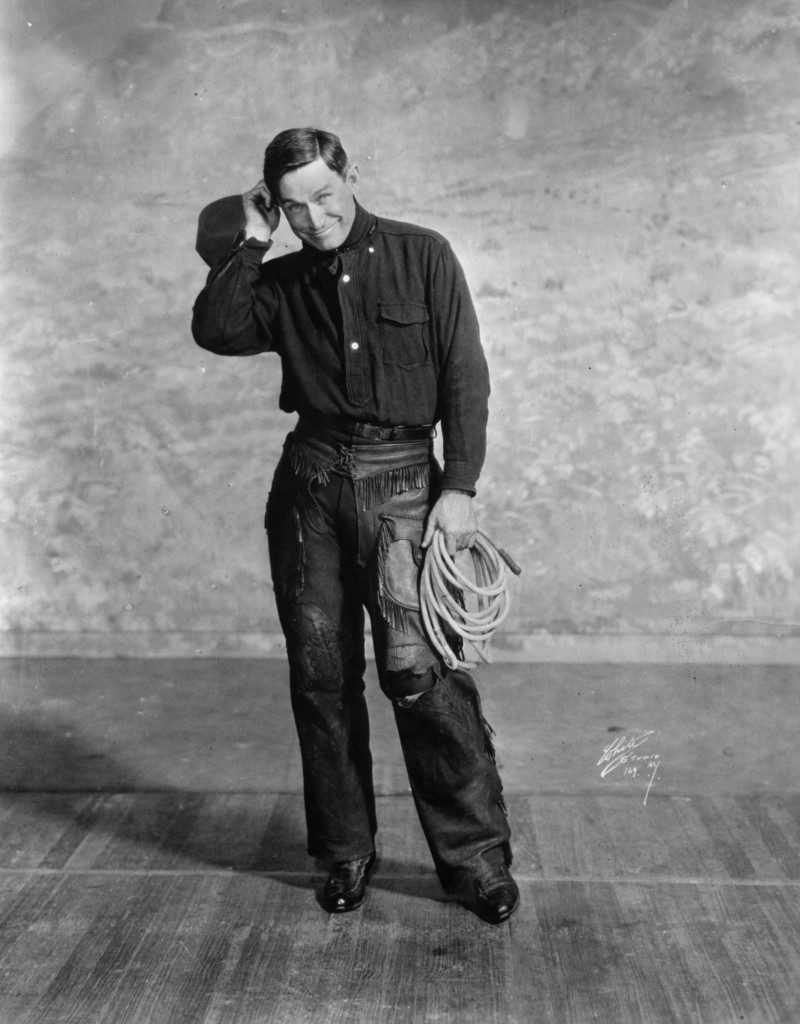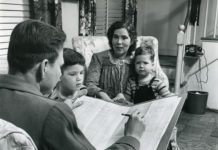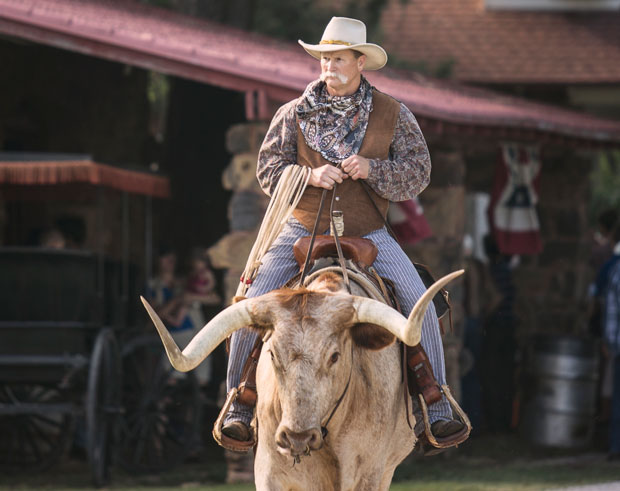
[dropcap]The[/dropcap] Will Rogers Museum in Claremore was originally created in 1938 as a memorial to honor its namesake, who had died three years earlier. It was funded by the Oklahoma Legislature through the Will Rogers Memorial Commission and built in nine months on 20 acres of land donated by Will’s wife, Betty.
“When you think about him dying in 1935 during the Great Depression and yet Oklahoma was willing to invest and build that beautiful memorial during that time, it goes to show how big of an impact he was on our country and on our state,” says Tad Jones, the museum director. “It is probably hard for us to comprehend today how big a star he was, but he was literally the biggest star in the world. He was number one in movies and radio and the number one public speaker and the number one newspaper columnist. Most of the country was touched by Will Rogers in some way.”
In 1944, his body was moved from California to a tomb at the Claremore memorial, drawing in large crowds to pay their respects. Because of the growing interest, his family also began to donate his personal belongings to be displayed there. The budding museum began to fill up with his clothes, movie posters, sculptures and saddles. The collection continues to grow today. One of their recent additions is a large Ambassador Bill movie poster donated by longtime collector Gordon Kuntz.[pullquote]He treated people with respect, and that’s why he was loved by people from all walks of life, from kings to common men to Republicans and Democrats.”[/pullquote]
“He has been collecting Will Rogers memorabilia for about 30 years now, and he just donated over 1,500 pieces last year to the memorial,” says Jones. “When he sees Will Rogers items up for bid, he’ll sometimes go in there and buy them and donate them.”
The museum has 12 galleries filled with Will Rogers treasures from all facets of his life, including many sculptures and paintings created in memory of him. The staff works hard to preserve the items for people to enjoy.

“Fortunately, with the help of the legislature, [we’re] putting in a brand new heating and air system,” explains Jones. “We have a great curator in Jennifer Holt who meticulously goes over all the collection and makes sure it’s in good shape for future generations. She’s in the process of digitizing the whole collection, so we will eventually have it available for people to view online. We just take as much care as possible to make sure that we can have it for another hundred years.”
Jones says one of the museum’s goals is to introduce Will to new audiences, show them how important he was to our culture and inspire them to follow the example he set during his lifetime.
“He treated people with respect, and that’s why he was loved by people from all walks of life, from kings to common men to Republicans and Democrats,” says Jones. “That is something for us to strive to – to have the spirit of Will Rogers where we treat people right and enjoy life and live life to the fullest. What we’re trying to do is remind people how big an impact he had on the world and also to be an example of what a good Oklahoman can be.”
The museum contains a theater that plays his movies continuously throughout the day, archives that hold around 18,000 photographs and a library filled with books relating to his life. They also host a podcast called “Bacon, Beans and Limousines” – a reference to a famous Will Rogers speech – where they discuss his life and museum events. The movie schedule, podcast and more museum information can be found at willrogers.com.
What
The Will Rogers Memorial Museum
Where
1720 West Will Rogers Blvd. Claremore, Oklahoma
When
10 a.m. to 5 p.m., Sunday through Saturday
Web


























